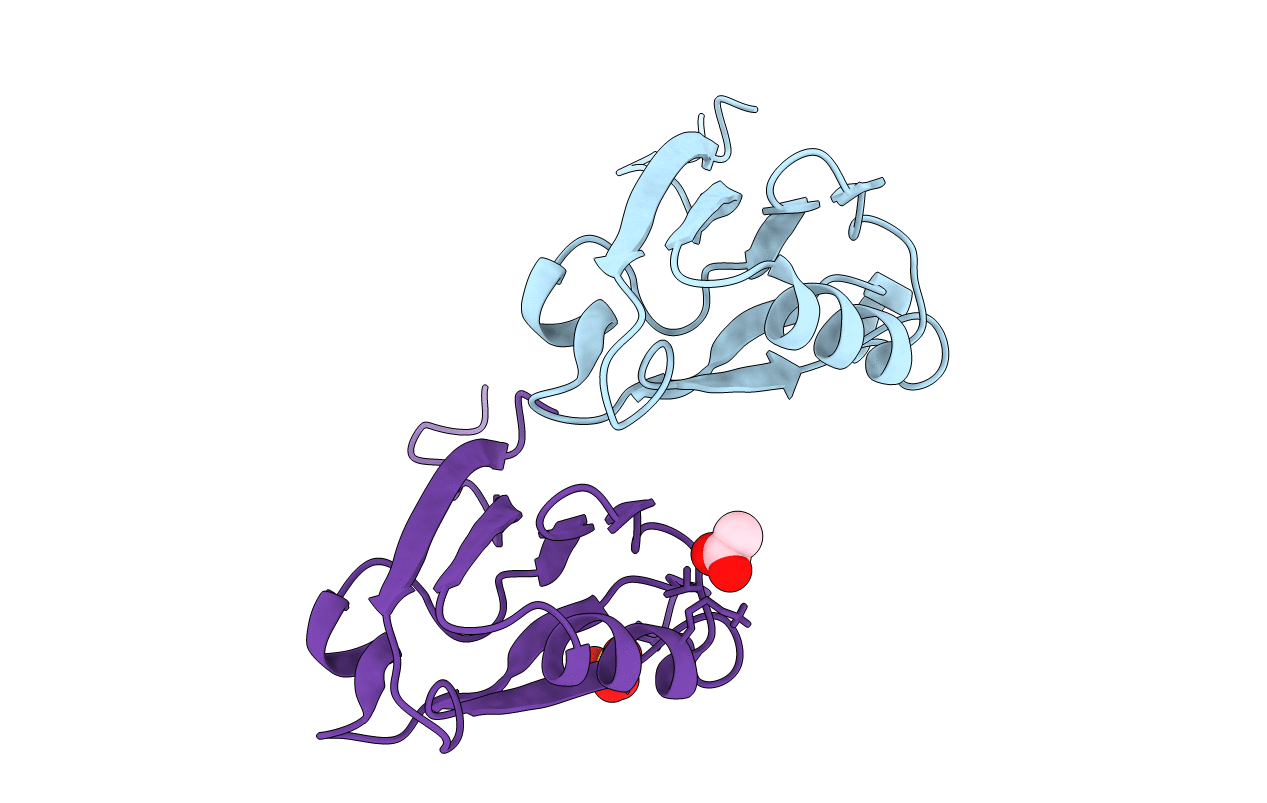
Deposition Date
2012-09-10
Release Date
2013-04-03
Last Version Date
2024-02-28
Entry Detail
PDB ID:
4H11
Keywords:
Title:
Interaction partners of PSD-93 studied by X-ray crystallography and fluorescent polarization spectroscopy
Biological Source:
Source Organism:
Rattus norvegicus (Taxon ID: 10116)
Host Organism:
Method Details:
Experimental Method:
Resolution:
1.67 Å
R-Value Free:
0.21
R-Value Work:
0.17
R-Value Observed:
0.17
Space Group:
P 21 21 21


